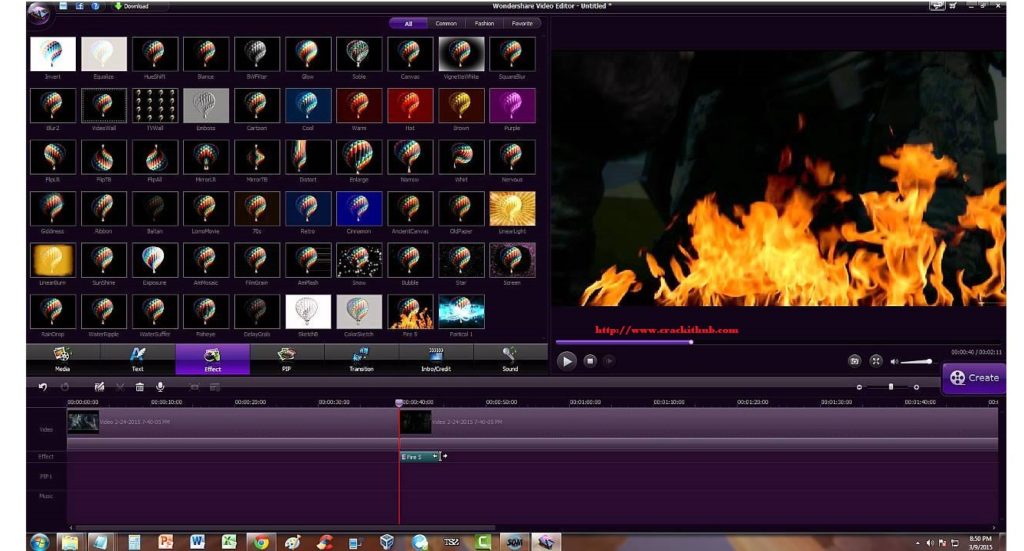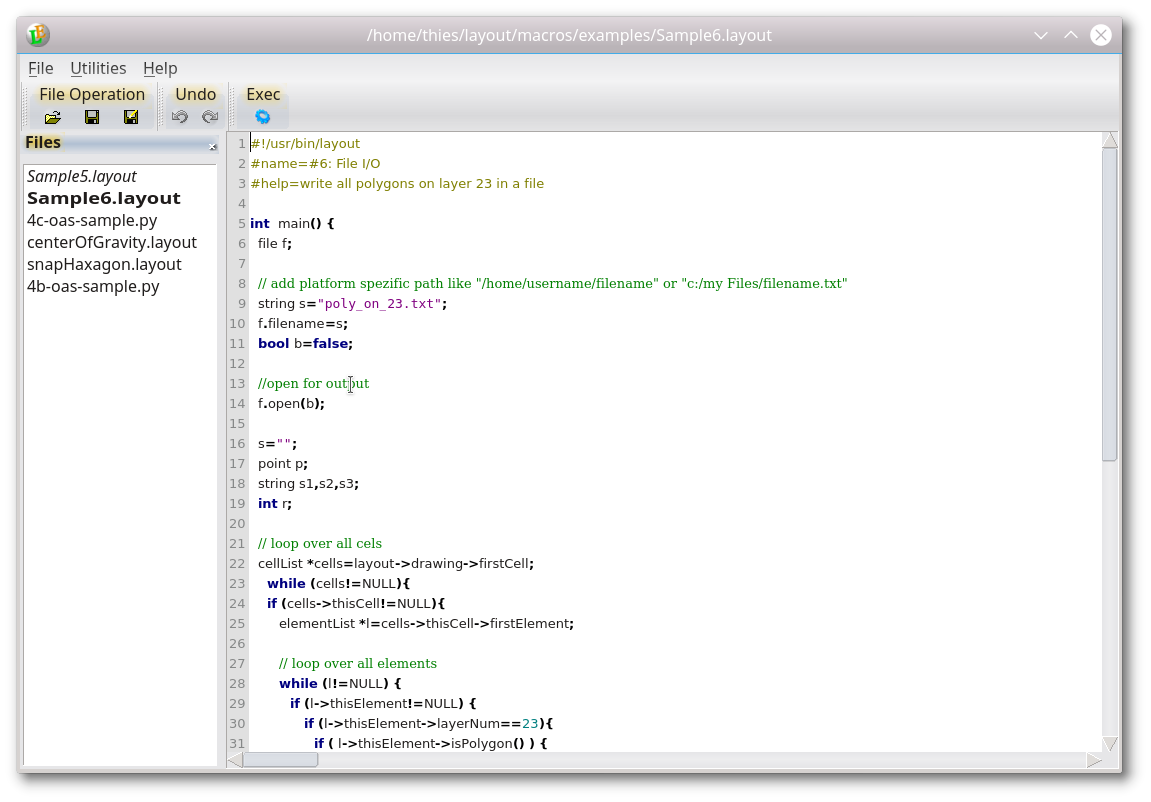


Another major advantage is the reduced dimensions of the magnetoresistive sensing elements, that allows the local mapping of the magnetic field created by the flaw. Therefore detection of deeply buried defects is difficult with inductive probes. The drawback of inductive probes (using detection coils) is that their output is proportional to the rate of change of the magnetic field rather than to the magnitude of the field, their sensitivity being limited at low frequency. Among the advantages of the magnetoresistive probes as compared to conventional probes are the high sensitivity to low magnetic field over a broad range of frequencies, ranging from hertz to megahertz domains. Both anisotropic and giant magnetoresistive sensors have been successfully used for detecting surface or buried cracks and corrosion in airplane structures, such as turbine blades, multi-layers with fasteners etc. Recent developments in magnetoresistive sensor technologies opened new perspectives in electromagnetic nondestructive evaluation of conductive parts and structures using eddy currents.
LAYOUTEDITOR CRACK CRACK
Keywords: eddy current testing, giant magnetoresistive sensors, crack detection, signal conditioning Surface cracks as small as 2 mm in length were reliably detected.

An eddy current probe comprising a GMR sensor and a pancake-type excitation coil placed on the top of the sensor is presented and experimental results from scanning calibrated cracks using this probe are included within the paper. This paper reports the full-custom design of the CMOS signal conditioning circuit to be used in the integrated GMR transducer for ECT. Compatibility between GMR film technology and the standard CMOS planar manufacture enables the integration of the GMR sensor together with signal conditioning circuitry on the same silicon chip. The unipolarity of the magnetoresistance characteristic eliminates the need for synchronous detection, leading to a simplified signal conditioning circuitry. Besides high sensitivity to low magnetic field (comparable to anisotropic magnetoresistive sensors), GMR sensors present some distinct advantages versus other technologies when applied to eddy current testing (ECT). University of North Carolina/Charlotte, NC28223, e-mail: electromagnetic methods for detecting cracks in conductive materials using eddy currents, that based on the giant magnetoresistance (GMR) effect offers promising characteristics. Methods and Instrumentation Integrated giant magnetoresistive transducer for eddy current testing.Integrated giant magnetoresistive transducer for eddy current testing


 0 kommentar(er)
0 kommentar(er)
